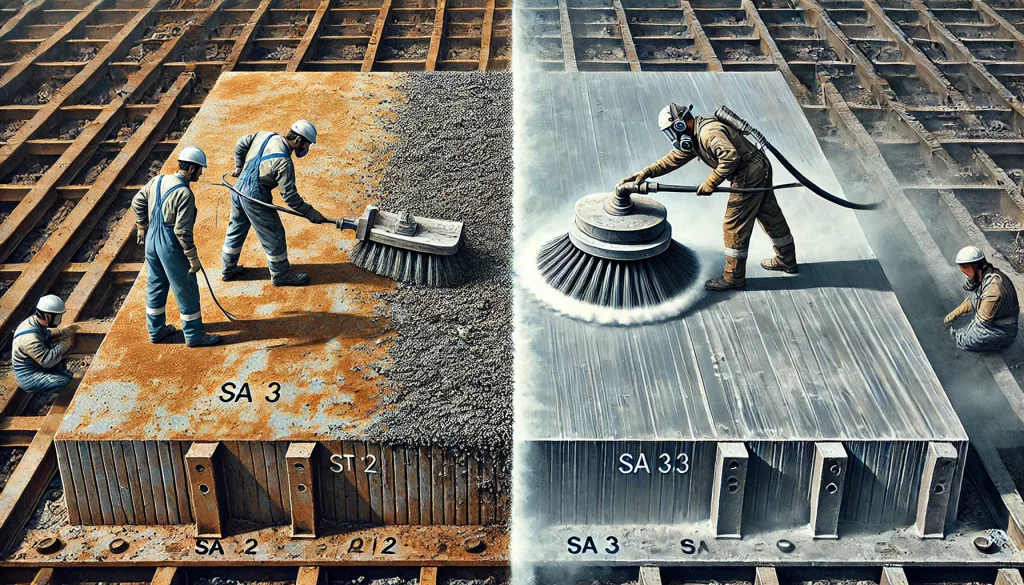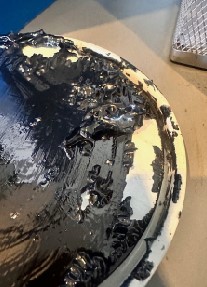Repairing Rusty Wheel Arches
Over the years of car ownership, you may have noticed that your wheel arches seem to become rusty more quickly than the rest of your car. Why is this?
There can be a number of reasons:
Tyres often fling salt and spray it inside the wheel arches. When the car is washed, especially in a regular car wash, those areas are less likely to be thoroughly cleaned. As we have mentioned many times before, washing alone will not remove 100% of road salt; you need a salt remover in your cleaning process. However, this blog is not about road salt but repairing rusty wheel arches.
Convertible vehicles may have drainage channels that empty through the rear wheel arches. If blocked, this water can then sit against the metal in a perfect little corrosion cell with a perfect supply of oxygen.
Stones flying up from the tyres can cause chips in the paintwork. This bare metal will then rust and, if left unrepaired, will allow the rust to progress under the paintwork.
So how can these areas be repaired?
Rustbuster Body Panel Repair Kit
Repairing Rusty Wheel Arches
This kit includes everything you need to get from rust to primer. Following the instructions below provides an easy solution:
- Wash down the vehicle’s paintwork using Rustbuster Chlor-X salt remover and Rustbuster Safer Degreaser.
- Open up the paint blister with the 120-grit sanding disc attached to your drill, being careful not to damage too much of the good surrounding paint. This will reveal the extent of the rust.
- If the steel’s surface has been perforated, you may need to consider welding in a patch or replacing the panel. Assuming that the steel is not perforated, proceed to step 4.
- Remove all the rust and old failed paint back to a sound steel surface. Use abrasive discs 180-320 to ‘feather edge’ the good paint with the bare metal.
- If there is still some rust pitting deep in the steel, you may want to consider the use of Rustbuster Fe-123 Rust Converter. Apply to the steel surface very lightly, working the solution deep into the steel. Overlap the edges of good paint by only a millimetre or so: focus the Fe-123 on the rust, not the paintwork. When the Fe-123 has fully reacted with the oxides, it will turn black. Read our guide to using Fe-123 Rust Converter for more information about this process.
- When the treated areas have fully cured (hard black), lightly sand to remove any nibs, and ideally give the area to be painted a final clean with Pre-Paint Panel Wipe.
- Apply a coat of Rustbuster Custom 421 Epoxy Primer for Cars. This can be rubbed down when dry to the level of the existing paint using the 180, 240, and 400 abrasive discs. Further coats and/or filler can be applied over the Custom 421 Epoxy Car Primer where necessary and sanded until you have achieved a smooth surface.
- Once your preparation is complete, the area is now ready to take a coat or two of your body colour to complete the repair.
Visit the Rustbuster Ltd website for more information on Repairing Rusty Wheel Arches






